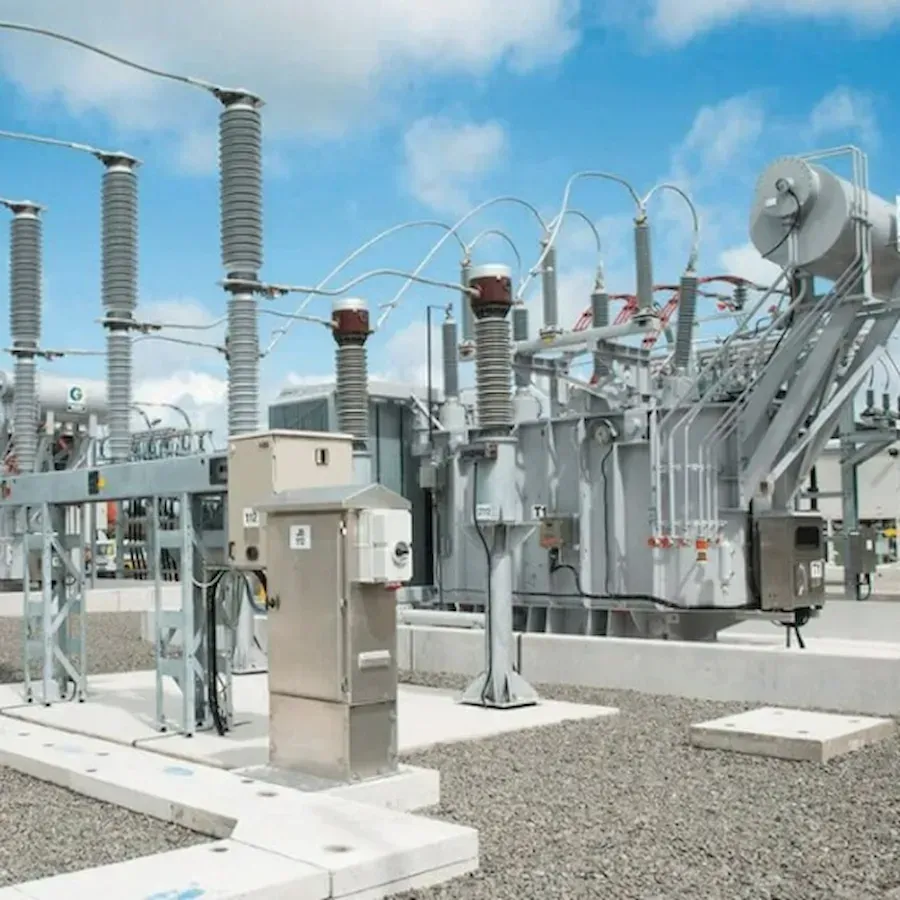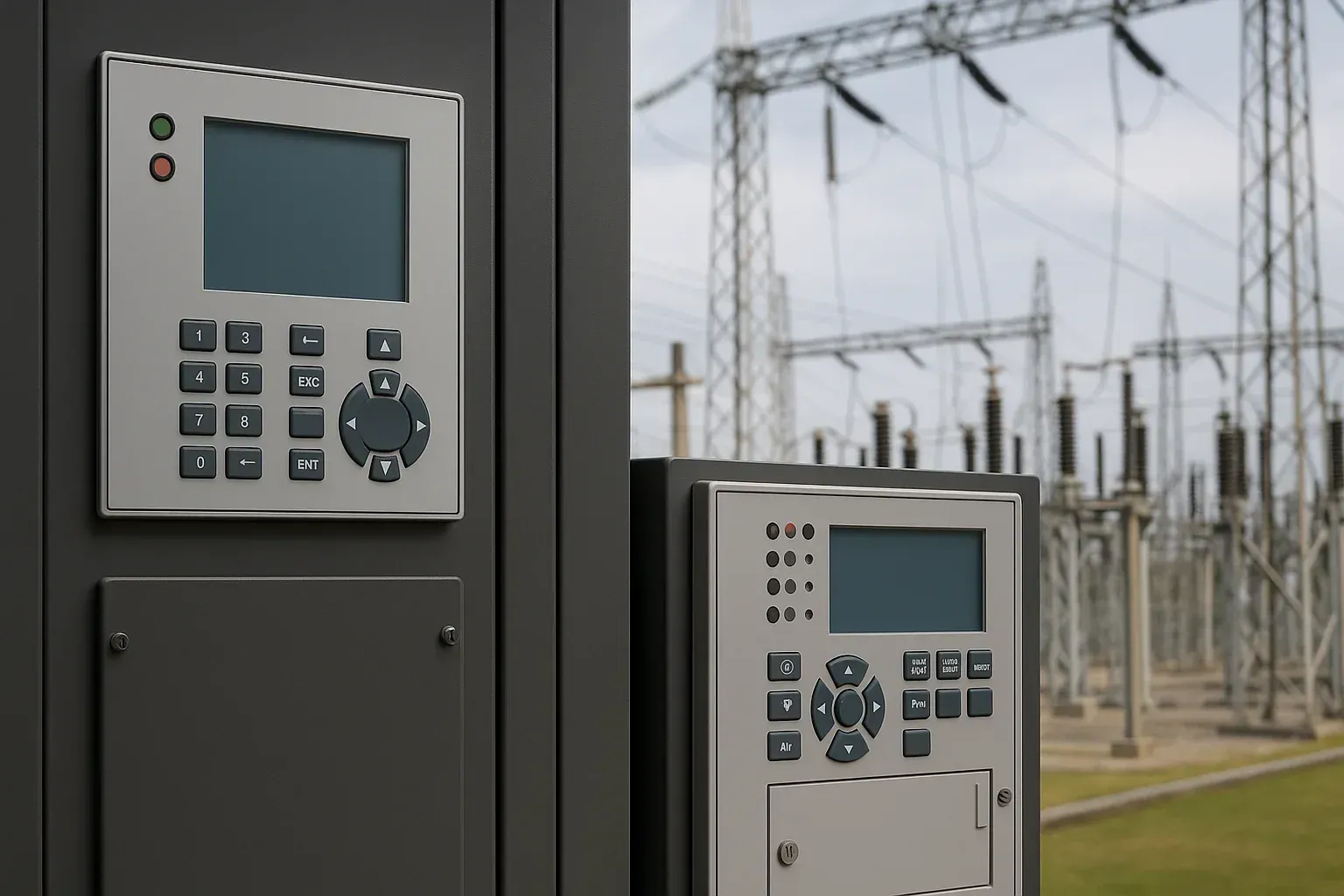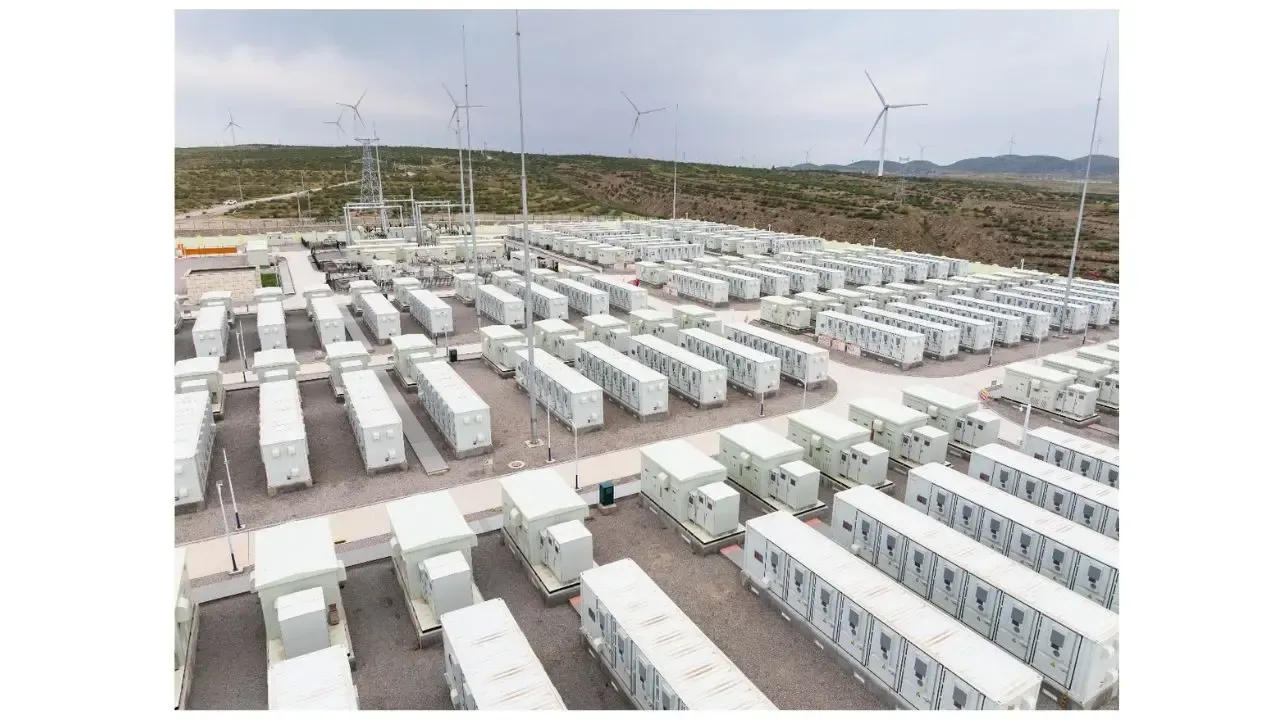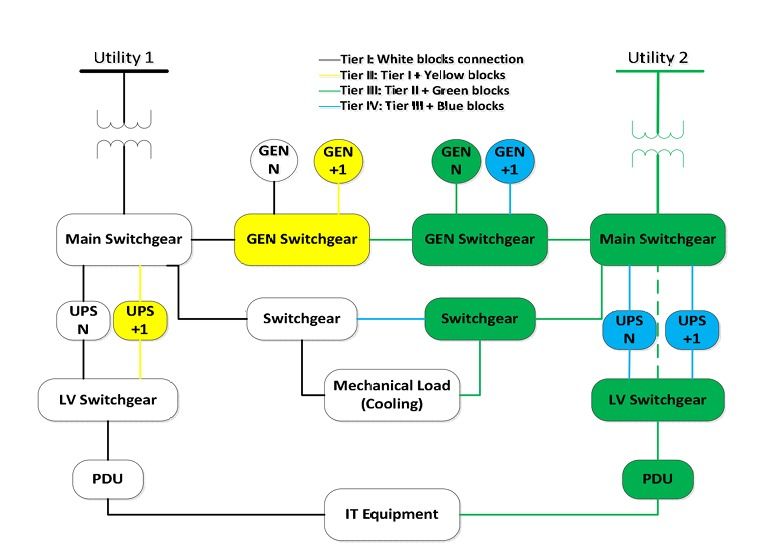A Coordinated Electric System Interconnection Review—the utility’s deep-dive on technical and cost impacts of your project.
Enhancing Solar PV Performance Testing with ASTM Standards: A Keentel Engineering Perspective
May 14, 2025 | Blog

Introduction
As the solar photovoltaic (PV) industry rapidly matures, accurate performance testing becomes critical for validating system efficiency, securing investor confidence, and ensuring long-term returns. At Keentel Engineering, we specialize in applying ASTM standards to solar PV projects—streamlining bankability, risk reduction, and performance verification.
The Shift from PVUSA to ASTM: A Critical Evolution
The legacy PVUSA test method, though innovative, suffered from:
- Non-standardized instruments and calibration,
- Inconsistent data intervals and filtering,
- Seasonal fluctuations impacting capacity readings,
- Unclear reporting practices.
These issues created financial risk and project uncertainty.
Bridging the Gap: ASTM E2848 and E2939 Standards
To resolve these inconsistencies, ASTM introduced:
- ASTM E2848-13 (Reapproved 2023) – Establishes robust methods for PV performance testing and reporting.
- ASTM E2939 – Provides guidance on seasonal adjustment and expected system output.
These standards now serve as the foundation for modern, bankable solar power testing.
H3 Key Features of ASTM E2848 for Solar PV Performance Testing
1. Purpose and Scope
This standard outlines:
- Acceptance testing procedures,
- Capacity calculations under natural sunlight,
- Exclusions: module-level testing, inter-site comparisons, and predictive modeling.
2. Data and Measurement Protocols
ASTM E2848 requires:
- Calibrated pyranometers, thermocouples, and anemometers,
- Defined sampling intervals and averaging methods,
- Accurate reporting of solar irradiance, temperature, and wind speed.
3. Regression Modeling
Utilizes multivariate regression to correlate environmental variables with power output. This adjustment allows fair comparisons across varying conditions.
4. Reporting Requirements
- Independent reproducibility,
- Transparent test setup and metrics,
- Alignment with EPC or PPA contract acceptance criteria.
NREL and ASTM Contributions to Industry Best Practices
The National Renewable Energy Laboratory (NREL) supports ASTM via:
- Solar spectral reference tables (e.g., ASTM G173),
- Calibration protocols (ASTM G138, G167),
- Datasets like the National Solar Radiation Database (NSRDB).
These tools help standardize inputs for accurate PV performance modeling and bankability.
Performance Testing and Project Finance
In today’s solar project lifecycle:
- Performance testing validates system design and construction quality,
- Reduces financial risk for investors and EPCs,
- Influences the price paid at financial close.
Referencing Black & Veatch, performance testing is now embedded in modern contractual frameworks.
Why Keentel Engineering Champions ASTM-Based PV Testing
At Keentel Engineering, our methodology aligns with ASTM at every project phase:
- Design Phase: Use of spectral data and irradiance modeling.
- Construction QA/QC: Field validation against ASTM standards.
- Commissioning and Verification: Post-construction tests via ASTM E2848.
Conclusion
ASTM E2848 is reshaping how solar PV performance is verified—bringing transparency, consistency, and trust to the process. Keentel Engineering continues to lead the way by delivering ASTM-compliant testing, engineering, and validation solutions for developers, EPCs, and financiers.
Frequently Asked Questions (FAQs)
What is ASTM E2848?
A standard test method for measuring and reporting PV non-concentrator system performance under natural sunlight.
What are reporting conditions (RC)?
Environmental parameters (irradiance, temperature, wind speed) under which PV performance is evaluated.
Can E2848 be used for single PV module testing?
No, it is intended for system-level performance, not individual modules.
What is the role of plane-of-array (POA) irradiance in E2848?
It’s the key input representing actual sunlight received on the module surface.
How is capacity measured using E2848?
Through regression analysis correlating power output to RC-adjusted environmental variables.
What does ASTM E2939 add to E2848?
It defines how to determine RC and adjust for seasonal variations in expected capacity.
Why are accurate instruments crucial in ASTM-based testing?
To reduce uncertainty and ensure reproducible results.
What equipment is typically used in E2848 testing?
Pyranometers, temperature sensors, wind speed sensors, and calibrated data loggers.
How often should measurements be taken?
Typically every 1 to 15 minutes, averaged over agreed intervals.
How does E2848 handle weather variations?
By normalizing data to RC, mitigating the effects of temporary environmental changes.
What are derating factors?
Adjustments in test parameters accounting for real-world losses (e.g., wiring, shading).
How does the ASTM method reduce financial risk?
It creates a reliable performance benchmark that underpins project bankability.
Can different sites be compared using E2848 results?
No, it’s not designed for cross-site performance comparisons.
Is data filtering important?
Yes, it ensures outliers and noise do not skew test results.
Does E2848 address soiling losses?
Indirectly, by focusing on clean baseline conditions; soiling must be accounted separately.
What’s the minimum data period for testing?
At least one clear-sky day of continuous measurements is recommended.
Can Keentel Engineering provide third-party verification?
Yes, our QA/QC and performance services align with ASTM protocols.
What is the difference between E2848 and PVUSA tests?
E2848 is standardized, statistically grounded, and reproducible; PVUSA is outdated and subjective.
What financial stakeholders benefit from E2848 compliance?
Investors, banks, EPCs, and asset owners.
Is E2848 applicable to BESS-integrated PV systems?
Only for the PV portion; BESS performance requires separate protocols.
Let’s Talk Solar PV Compliance with Keentel Engineering
Keentel Engineering is your expert partner for:
- ASTM E2848-based PV performance validation
- NREL-compliant irradiance and spectral modeling
- Bankable capacity testing for utility-scale projects
- Third-party QA/QC and acceptance testing

About the Author:
Sonny Patel P.E. EC
IEEE Senior Member
In 1995, Sandip (Sonny) R. Patel earned his Electrical Engineering degree from the University of Illinois, specializing in Electrical Engineering . But degrees don’t build legacies—action does. For three decades, he’s been shaping the future of engineering, not just as a licensed Professional Engineer across multiple states (Florida, California, New York, West Virginia, and Minnesota), but as a doer. A builder. A leader. Not just an engineer. A Licensed Electrical Contractor in Florida with an Unlimited EC license. Not just an executive. The founder and CEO of KEENTEL LLC—where expertise meets execution. Three decades. Multiple states. Endless impact.
Services

Let's Discuss Your Project
Let's book a call to discuss your electrical engineering project that we can help you with.

About the Author:
Sonny Patel P.E. EC
IEEE Senior Member
In 1995, Sandip (Sonny) R. Patel earned his Electrical Engineering degree from the University of Illinois, specializing in Electrical Engineering . But degrees don’t build legacies—action does. For three decades, he’s been shaping the future of engineering, not just as a licensed Professional Engineer across multiple states (Florida, California, New York, West Virginia, and Minnesota), but as a doer. A builder. A leader. Not just an engineer. A Licensed Electrical Contractor in Florida with an Unlimited EC license. Not just an executive. The founder and CEO of KEENTEL LLC—where expertise meets execution. Three decades. Multiple states. Endless impact.
Leave a Comment
We will get back to you as soon as possible.
Please try again later.
Related Posts














